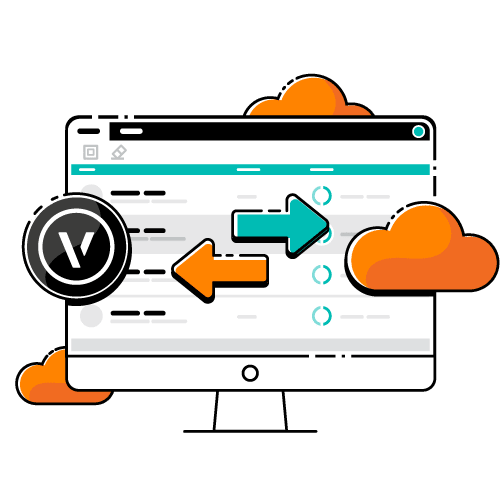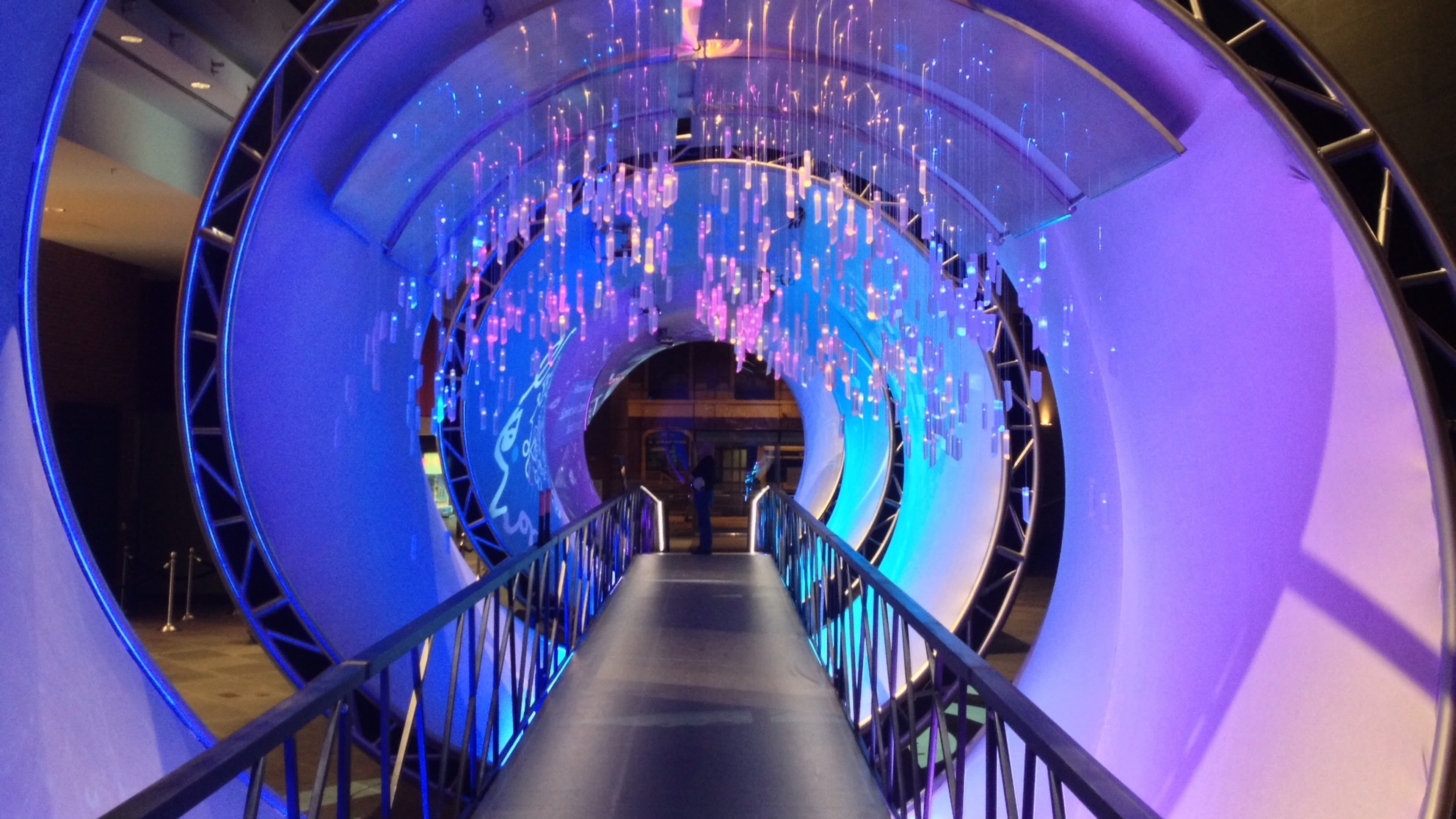You’ve likely noticed that experiential design is growing and transforming the world of entertainment and live event design. As audiences crave more immersive and memorable experiences, it’s time you rethink how spaces are conceived and brought to life.
In this article, you’ll explore what experiential design is, why it matters, and how you can leverage tools like Vectorworks Spotlight to create unforgettable environments. Whether you’re new to the field or looking to expand your creative abilities, understanding experiential design can elevate your work and engage audiences like never before.
What is Experiential Design?
Experiential design is the practice of crafting environments that engage people on multiple sensory and emotional levels, making every moment meaningful and memorable. Rather than focusing solely on aesthetics or function, experiential design considers how your audience interacts with and feels within a space. The goal is to create an immersive journey that tells a story, evokes emotion, and leaves a lasting impression.
Experiential design has become essential as audiences expect more than passive observation. By blending art, technology, and some psychology, experiential design transforms ordinary spaces into extraordinary experiences that resonate long after an event ends.
Elements of Experiential Design
Successful experiential design relies on a thoughtful combination of elements that work together to shape the audience’s journey. Each element should be intentionally chosen and orchestrated to support the overall narrative and objectives of the experience.
Structure and Architecture
The physical layout, flow, and form of a space are foundational to experiential design. Architectural elements define how visitors move through and engage with the environment.
Lighting
Lighting sets the mood, guides attention, and can dramatically alter the perception of a space. Just think about how flashing red lights would affect an audience’s emotions and experience compared to a soft, natural light.
Dynamic lighting also helps create atmosphere, highlight features, and immerse guests in the experience.
Video
Video content, whether projected, displayed on screens, or integrated as part of the environment, can help tell a story and create visual intrigue. It can be used to establish a narrative, provide useful information, and even create interactive moments.
Audio
Soundscapes, music, and directional audio cues enhance immersion and influence emotional responses as well. Carefully designed audio can guide movement, build anticipation, or reinforce a theme in your experiential design.
VR and AR
Virtual and augmented reality technologies unlock new dimensions of interactivity, allowing guests to experience digital layers over physical spaces or explore entirely virtual worlds.
Use Cases for Experiential Design

Image courtesy of Korins and Drew Dockser.
Experiential design is profoundly influencing a variety of industries, most notably within entertainment and live events.
In event design, whether for music festivals or corporate launches, experiential strategies transform gatherings into immersive journeys that captivate and inspire attendees.
Museums and other exhibits have also embraced experiential techniques, turning traditional settings into interactive, educational adventures that encourage meaningful interaction for all ages.
Theme parks rely heavily on experiential design to transport guests to new worlds, seamlessly blending storytelling, architecture, and technology. Similarly, the field of “architainment” — a fusion of architecture and entertainment — brings buildings and public spaces to life through dynamic lighting, projection, and kinetic elements.
Additionally, immersive spaces such as pop-ups, art installations, and branded environments harness experiential design to generate excitement and foster deep connections with audiences.
Experiential Design in Vectorworks Spotlight
To bring experiential design concepts to life, you need robust, flexible software. Vectorworks Spotlight offers a suite of features tailored to the unique demands of experiential and live event design:
3D Modeling
With 3D modeling features such as Subtract Solids, Subdivision modeling, the Push/Pull tool, and the Deform tool, you can quickly visualize and iterate on ideas, exploring how different elements will interact in real space.
Click here to learn how to get maximum value from Vectorworks Spotlight’s 3D modeling tools.
Lighting Design
You can simulate and plan complex lighting setups in Vectorworks Spotlight, helping you make sure your vision translates from your screen to the final project venue.
To learn more about lighting design and crafting your own light plots, click here.
Scenic Elements with Symbols
Within Vectorworks Spotlight, the Resource Manager allows you to access a library of name-brand scenic components to streamline set creation and maintain consistency.
Previsualization (Previz) with Showcase and AI
Showcase and AI-powered visualization tools in Vectorworks Spotlight also allow you to create immersive, interactive previews of your experiential environments before anything is built.
By leveraging Showcase, which enables real-time previsualization (previz) directly within Vectorworks Spotlight, you can walk clients and collaborators through detailed 3D models. This allows you to explore lighting, scenic elements, and spatial flow together in real time.
AI enhancements further streamline the process by automating repetitive tasks and generating design iterations, helping you visualize and refine concepts with speed and accuracy. This combination helps you make sure every detail aligns with the intended audience experience.
Click here to learn more about the AI enhancements a part of Vectorworks 2025 Update 4.
AV Integration with ConnectCAD
Another one of Vectorworks’ entertainment products, ConnectCAD, can help you plan and document audio-visual (AV) systems for your experiential designs.
Click here to learn how to efficiently install your AV systems with ConnectCAD.
Presentation Features
Creating compelling presentations and walkthroughs will help you communicate your design experiences to clients and collaborators. By leveraging the features of Vectorworks Cloud Services, for example, you can create presentations that are as interactive as your design experiences.

All these tools empower you to prototype, refine, and present your ideas with confidence, bridging the gap between imagination and reality.
EXPLORE VECTORWORKS SPOTLIGHT FOR YOURSELF
Click the button below for a free trial of Vectorworks Spotlight.
Stay in the know with the latest insights
Subscribers receive news, customer stories, success and learning tips, event information, and other important announcements from Vectorworks.
By submitting this form, you agree that Vectorworks, Inc. and its authorized partners may contact you in regards to news, offers, and the use of our software, services, and platforms. Learn more about our privacy practices and your data on our privacy page.*
